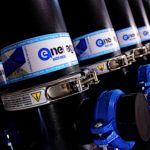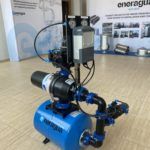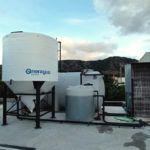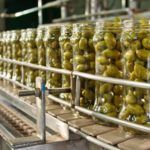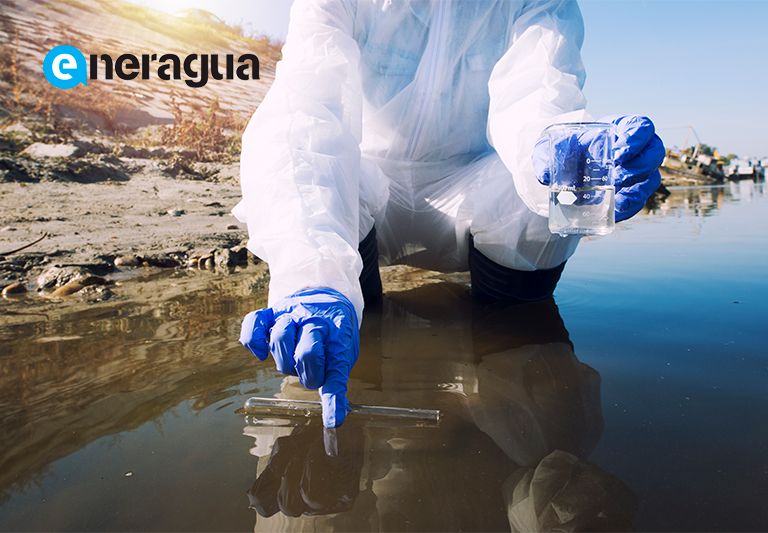
We must be very aware of the importance of harnessing wastewater. Every day, it becomes more critical to try to maximize every resource. Hence, today, we bring you this post to discuss the regulations regarding the “use of wastewater,” logically, once processed and suitable for irrigation of agricultural plantations and other uses.
This regulation on the reuse of these waters in Spain has its origins in the Water Law of 1985, currently repealed, which stated and expressed the following, in literal terms: “… the Government will establish the basic conditions for the reuse of water, specifying the quality required for treated water according to the intended uses.”
Later, Articles 272 and 273 of Royal Decree 849/1986, of April 11, which approves the Regulation of the Hydraulic Public Domain, clearly legally defines the reuse of treated waters. However, in those years, there was not the current vision of these processes, and there was barely any use of this important form of utilizing water through wastewater treatment for these purposes.
Finally, in the modification of 10/2001, July 5th, of the National Hydrological Plan by Law 11/2005, June 22, and with the implementation of the A.G.U.A. program, and in turn, along with desalination, they are the two main strategies for water reuse to solve scarcity problems throughout Spanish territory.
Current Legal Framework for Wastewater Reuse (RD 1620/2007) At the end of 2007, the Royal Decree 1620/2007 of December 7 was promoted. This decree establishes the current legal framework for the reuse of treated waters, with a specific law for this purpose. It guarantees an adequate process for health and the environment to promote its development within the framework of water reuse and planning of water resources in our country.
In this Royal Decree, existing regulations in other countries, such as Title 22 of California in the USA, are integrated, in addition to the recommendations of the World Health Organization.
This law defines that reused waters are also called regenerated waters. At the same time, it determines the requirements to be carried out for this activity and process. A series of procedures for obtaining the concession from the basin organization are established, subject to prior application for a report from the competent health authorities.
It also outlines the uses of these waters and their mandatory minimum criteria for obtaining and using regenerated waters, according to their uses, in addition to their control, with the minimum frequency of sampling, which, along with reference analytical methods, will give its approval for use.
In RD 1620/2007, the five permitted uses for the utilization of these waters are established: agricultural, environmental, recreational, urban, and industrial. Regarding the permitted uses, 14 qualities are also established, depending on the bacteriological quality of these waters, and they are grouped into 6 types of water quality:
Quality A, B, C, D, E, and F, logically taking into account the bacteriological levels mentioned above. For each use, four biological parameters (intestinal nematode eggs and E.coli) and two physicochemical parameters (suspended solids and turbidity) are generally established.
The law also contemplates other parameters in some uses, such as Legionella SPP, in the use of industrial cooling, or in cases where there is a risk of aerosols.
Taenia saginata and Taenia solium, for cases of risk due to the ingestion of pasture for consumption by animals producing milk or meat. As well as the absence of phosphorus and nitrogen for recreational or environmental uses, such as (ponds, water bodies, and flowing streams) or for recharging aquifers by percolation through the soil or by direct injection.
Additionally, with some agricultural uses and some industrial cleaning uses, there is an obligation to detect pathogens, such as salmonella.
Regarding Quality F, related to the requirement for other environmental uses related to the maintenance of wetlands and minimum flows, specific limits are not set, as each of them will be determined in each use. Hence, it is impossible to draft legislation globally for this quality.
In any case, basin organizations will be responsible for granting and authorizing the use of reused waters, according to the study of each case. Moreover, it is not ruled out that they include other stricter levels of analysis if required and provided by the relevant health authority.

